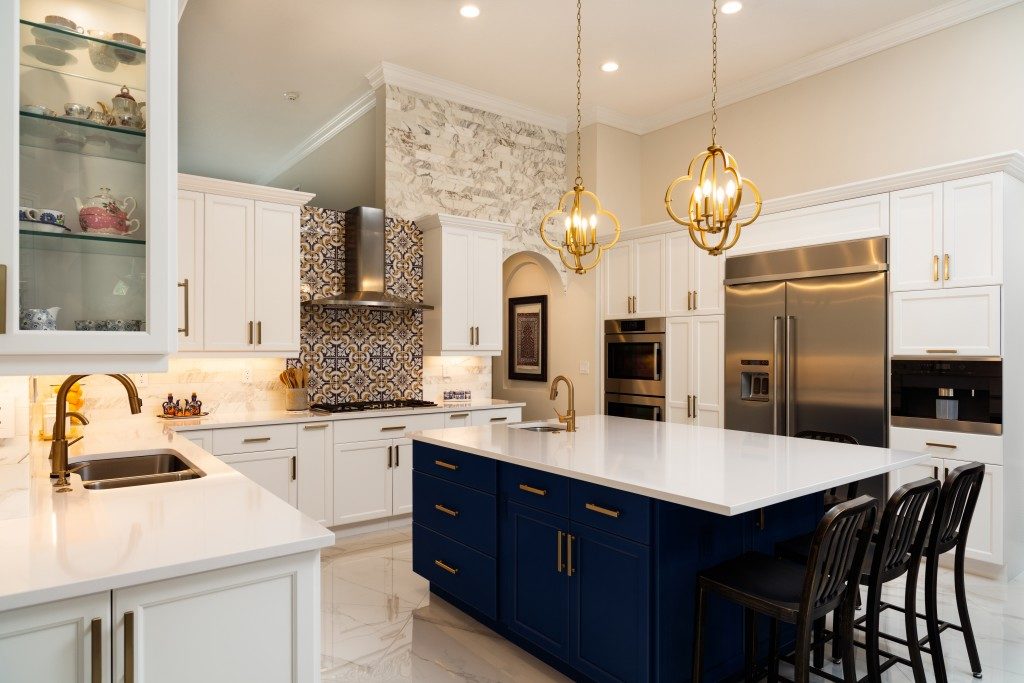These days, it’s rare for homes to have a single interior design style. There are hundreds, even thousands of inspirations that can be found on the Internet that people just want to have touches of minimalist and eclectic or mid-century modern and industrial. Those are possible, of course. Although it could be messy, for sure. Details might seem random. Furniture might look weird. The whole thing might not look like one, cohesive whole. But again, possible. How do you pull it off? Focus on these elements as you mesh different styles:
Colours
Once you choose which styles you’re going to pair up, go straight to deciding your colour scheme. This is one of the dominant, most noticeable elements in a design. If your aim is to be cohesive, you should start here. It’s easy if the styles you’re mixing have hues in common. For instance, in the minimalist-traditional combo, they both have white in their styles. Use that as your base. It’s a bit tricky if you’re mixing two totally different kinds of design, where their palettes don’t intersect. In that case, rather than picking one shade for each, just take the palette of one style. For example, if you want to pull off that minimalist-eclectic bedroom, you can just go for the monochromatic scheme, and then leave the eclectic traces in the shapes, materials, the overall look of your furnishings. Take a look at bedroom furniture online UK shops provide and maximise discounts for hassle-free shopping.

Balance
Pay attention to the distribution of elements that have the same visual weight. When you’re able to pull this off, even if the furniture and decor don’t exactly fit in the same aesthetic category, the space won’t look and feel uncomfortable. Precisely because there’s balance. There’s a sense of order.
Now, what exactly is ‘visual weight’? This refers to how much you think a specific element in the room weighs. Some appear to be lighter. Some, heavier than others. There are plenty of factors adding to an element’s visual weight. Size is one. The heavier a piece is, the more visual weight it has. Shape is another factor. Those that have squares or rectangles look heavier than those that have curves. When you shop for furniture and decor then, imagine how they will complement the other elements in the space. Your round, bohemian dining table may not look balanced when paired with that dangling chandelier. Strike a balance as much as possible.

Repetition
Despite having different styles in one room, your design will look neater when you have similar patterns that are repeated all throughout. Pick certain striking characteristics of elements from the styles you have and then leave traces of that in specific corners of the space. For instance, you chose the wood materials in the minimalist interiors, you can repeat such in the accent pieces above your coffee table, in the lighting fixture, in the stair treads, etc. Balance this out with the distinct characteristics of elements in the other design style you chose.
It’s possible to have different interior styles in one room. You just have to be a little extra conscious of design principles if you don’t want it to look cluttered and crazy. Remember the important stuff: colours, balance, and repetition.

